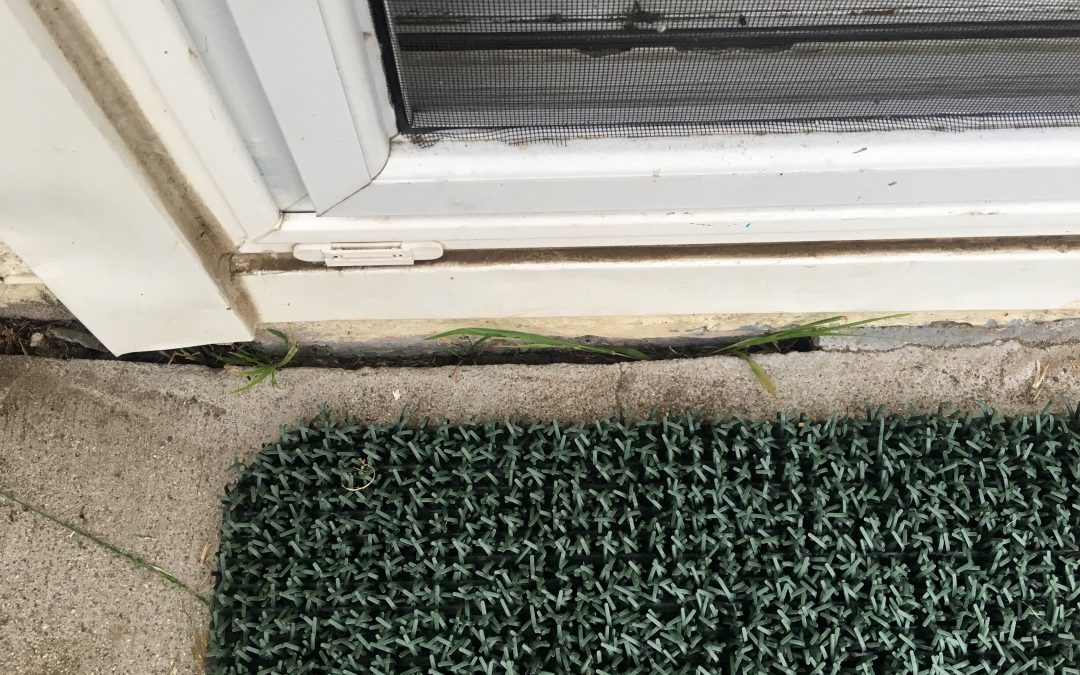Foundation leaks can be a perplexing issue for homeowners, as they can lead to a myriad of problems if left unaddressed. Understanding the causes, signs, and repair methods for foundation leaks is essential for maintaining the integrity of your home. In this article, we will explore the ins and outs of foundation leaks, providing you with valuable insights to tackle this issue head-on.
Understanding Foundation Leaks
Before we delve into the intricacies of foundation leaks, let’s briefly overview what they are and the common causes behind them. Foundation leaks occur when water seeps through cracks or gaps in the foundation walls or floors. This can happen due to various factors, including poor drainage, plumbing issues, and soil movement.
1. Poor drainage: Improper or inadequate drainage around the foundation can allow water to accumulate and exert pressure on the structure, leading to leaks.
2. Plumbing issues: Faulty or damaged plumbing systems within the foundation or surrounding areas can cause water to leak into the foundation.
3. Soil movement: Expansive soils or ground shifting can create cracks in the foundation, allowing water to penetrate.
Signs of foundation leaks may not always be overtly visible, but there are some common indicators that can help you identify potential issues:
1. Cracks in foundation walls or floors: Look for cracks in the foundation, as they can be a telltale sign of water damage.
2. Water pooling around the foundation: If you notice water accumulating around the base of your home, it could indicate a foundation leak.
3. Musty odors in the basement: Dampness caused by foundation leaks often leads to musty odors in the basement or lower levels of the house.
Detecting and Assessing Foundation Leaks
When it comes to dealing with foundation leaks, early detection is crucial. Here are some methods to detect and assess foundation leaks:
1. Conducting a visual inspection: Start by examining the foundation walls and floors for any visible cracks or signs of moisture. Pay attention to areas that appear damp or discolored.
2. Utilizing moisture detection tools: Moisture meters and infrared cameras can be valuable tools in locating hidden sources of moisture and identifying areas of concern.
Hiring a professional inspection is also recommended to ensure a thorough assessment of the foundation. Professionals possess the expertise and equipment necessary to identify and evaluate leaks accurately. When selecting a foundation repair company, it’s essential to choose a reputable one that has a track record of successful repairs.
Steps for Foundation Leak Repair
Once a foundation leak has been identified, taking prompt action to repair it is vital. Here are the steps involved in repairing foundation leaks:
1. Identifying the source of the leak: It is crucial to evaluate plumbing systems, both within and surrounding the foundation, to determine if there are any issues contributing to the leak. Additionally, external factors such as landscaping or improper drainage should be assessed.
2. Waterproofing the foundation: There are two primary methods for waterproofing a foundation – exterior and interior.
a. Exterior waterproofing methods: These methods involve creating a barrier between the foundation and exterior elements to prevent water infiltration. This can include installing a waterproof membrane, applying sealants and coatings, and implementing proper drainage systems to redirect water away from the foundation.
b. Interior waterproofing methods: These methods are used to manage water that has already entered the foundation. Installing a sump pump system can help to remove excess water, while using epoxy injections for crack repair can seal any existing cracks to prevent further leaks.
3. Implementing preventative measures: To minimize the risk of future foundation leaks, it is crucial to maintain proper drainage around the foundation by ensuring downspouts are directing water away from the house. Regularly inspecting and maintaining plumbing systems can also help prevent leaks. Monitoring soil moisture levels can also provide insights into potential concerns.
It is important to note that foundation leak repair can be a complex process, and it may require the expertise of professionals to ensure a successful outcome. However, some homeowners may consider a DIY approach, so let’s explore the pros and cons of each.
Hiring Professionals vs. DIY Approach
1. Pros and cons of hiring professionals: Hiring professionals for foundation leak repair offers several advantages. Their expertise and experience enable them to accurately identify and address the source of the leak. They also have access to specialized equipment and materials. However, the cost of professional services should be considered, along with the convenience of having the work done by experts.
2. Considerations for a DIY approach: A DIY approach to foundation leak repair may be suitable for minor issues that can be easily addressed. However, it is essential to consider the skill level and knowledge required. Improper repairs can exacerbate the problem or lead to additional damage. Safety concerns should also be taken into account when working on foundation repairs.
When deciding whether to hire professionals or go the DIY route, it is important to weigh the options and consider the complexity of the repair. Consulting with professionals for an initial assessment can provide valuable insights and guidance.
Conclusion
Foundation leaks should never be ignored, as they can potentially compromise the structural integrity of your home. Understanding the causes, detecting and assessing leaks, and implementing timely repairs are crucial aspects of maintaining a healthy foundation. Whether you choose to hire professionals or tackle the repairs yourself, keeping your foundation in optimal condition is essential for a safe and sturdy home.
If you require professional assistance with foundation leak repair, we recommend contacting PermaDry Waterproofing. Their experienced team can provide expert advice and high-quality solutions to address any foundation leak or crack issues you may be facing.

